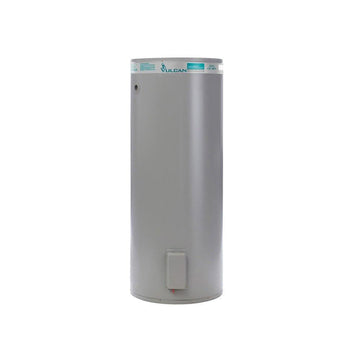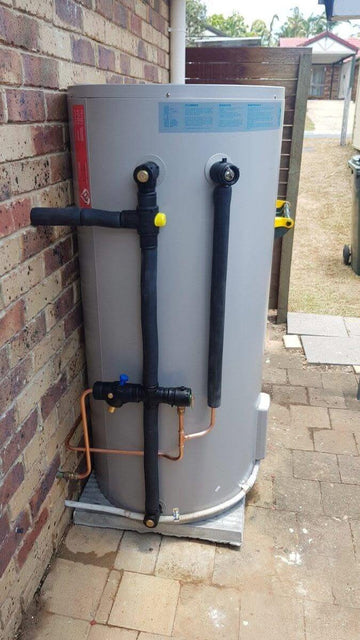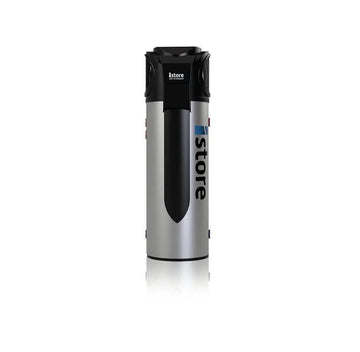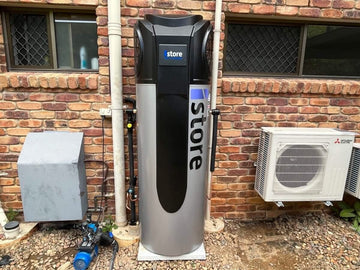Stop the Drip: How to Fix a Leaky Tap in Minutes
Tired of hearing that constant drip? A leaking tap is not just annoying—it can waste thousands of litres of water per year and increase your water bill. But don’t worry! Fixing a leaking tap is easier than you think, and this guide will walk you through step-by-step on how to do it yourself.
Key Takeaways
✅ Identify the cause – Worn-out washers, O-rings, high water pressure, or poor installation are the main reasons for a leaking tap.
✅ Gather the right tools – A wrench, screwdriver, new washers, and plumber’s tape are essential to fix the problem.
✅ Follow step-by-step instructions – Turning off the water, disassembling the tap, replacing parts, and ensuring a watertight seal will stop the drip.
✅ Prevent future leaks – Regular maintenance and checking your home’s water pressure can help avoid leaks in the future.
✅ Know when to call a plumber – If your tap keeps leaking after replacing parts, it might be a bigger plumbing issue requiring professional help.
Why Is My Tap Leaking? Common Causes
Before diving into repairs, let’s identify the issue. A leaky tap is usually caused by one of the following:
1️⃣ Worn-Out Washer or Jumper Valve
🔹 Over time, the washer and jumper valve wear down due to friction and water pressure, causing leaks from the tap spout.
🔹 Signs: Dripping water even when the tap is off.
2️⃣ Faulty O-Ring
🔹 The O-ring (a small rubber ring inside the tap body) seals water flow. If it’s cracked or loose, water can leak around the base of the tap.
🔹 Signs: Water pooling around the base of the tap.
3️⃣ High Water Pressure
🔹 If your home’s water pressure is too high, it can push water past the tap’s seals, causing constant dripping.
🔹 Signs: Taps leak even when turned off tightly, or multiple leaks occur around the house.
4️⃣ Loose or Worn-Out Valve Seat
🔹 The valve seat connects the tap to the water supply. Over time, it can become corroded or clogged with minerals.
🔹 Signs: Water leaks from underneath the tap rather than from the spout.
Tools You Need to Fix a Leaking Tap
🔧 Adjustable wrench (or spanner)
🪛 Screwdriver (flathead or Phillips)
🔩 Replacement washer (usually 12mm)
🔵 O-ring replacement
🩹 Plumber’s tape (for a better seal)
🧼 Vinegar or descaler (to remove mineral buildup)
Step-by-Step Guide to Fixing a Leaky Tap
Follow these simple steps to repair your tap and stop the annoying drip.
1️⃣ Turn Off the Water Supply
Before you start, turn off the water at the mains or the isolation valve under the sink.
🛑 Warning: Skipping this step will lead to water spraying everywhere!
2️⃣ Remove the Tap Handle
Use a screwdriver to remove the tap handle. If there’s a cap covering the screw, pry it off gently with a flathead screwdriver.
🔹 Some taps have a small hex screw that needs an Allen key to remove.
3️⃣ Unscrew the Tap Bonnet
Use an adjustable wrench to loosen and remove the tap bonnet (the metal covering around the valve).
🛠️ Tip: If it’s stuck, wrap a cloth around it before using the wrench to prevent scratching the surface.
4️⃣ Replace the Washer and Jumper Valve
🔹 Take out the old washer (usually a small rubber disc).
🔹 Insert a new 12mm tap washer in its place.
🔹 Replace the jumper valve if it looks worn.
🛠️ Pro Tip: Use plumber’s grease on the new washer to make it last longer.
5️⃣ Check and Replace the O-Ring
🔹 If water is leaking from the base of the tap, the O-ring might be worn out.
🔹 Remove the old rubber O-ring and replace it with a new one of the same size.
6️⃣ Reassemble the Tap
🔹 Screw the tap bonnet back on firmly but don’t overtighten.
🔹 Reattach the tap handle and secure it with the screw.
7️⃣ Turn the Water Back On & Test the Tap
🔹 Turn on the water supply and slowly open the tap to check for leaks.
🔹 If no leaks appear, congratulations—you’ve successfully fixed your leaking tap! 🎉
Troubleshooting: Why Is My Tap Still Leaking?
If your tap continues to leak, here are a few things to check:
🔍 Did you replace the right parts? If water is leaking from the base, the O-ring may be the issue, not the washer.
🔍 Is the valve seat corroded? Mineral buildup can prevent a watertight seal. Clean it with vinegar or a descaler.
🔍 High water pressure? If leaks persist in multiple taps, install a pressure-reducing valve.
When to Call a Plumber
📞 If your tap is still leaking after replacing washers, O-rings, and seals, it might be a more serious issue like:
✅ A damaged valve seat that needs re-grinding.
✅ A faulty tap body that requires full replacement.
✅ Hidden leaks in your pipes, increasing your water bill.
JR Gas & Water offers professional tap repairs and replacements for stubborn leaks. If DIY isn’t cutting it, give them a call for expert service.
How to Prevent Tap Leaks in the Future
✅ Check and replace washers regularly – Worn washers are the #1 cause of leaks.
✅ Monitor water pressure – Too much pressure puts stress on your tap.
✅ Clean taps monthly – Use vinegar to remove mineral deposits inside taps.
✅ Fix small leaks early – A small drip can turn into a costly plumbing issue.
Summary: Fixing a Leaky Tap Is Easy!
🔹 Turn off the water before starting.
🔹 Replace the washer and O-ring if they’re worn out.
🔹 Check for mineral buildup and clean the valve seat if needed.
🔹 Test the tap after reassembly and watch for leaks.
🔹 Call a plumber if the leak persists after replacing parts.
Fixing a leaking tap is simple, saves money, and reduces water waste. With the right tools and knowledge, you can stop the drip in under 30 minutes!
Frequently Asked Questions
❓ How do I stop my tap from dripping?
✔️ Replace the washer and O-ring. If it still leaks, check the valve seat for damage.
❓ What tools do I need to fix a leaking tap?
✔️ Adjustable wrench, screwdriver, new washer, O-ring, and plumber’s tape.
❓ How often should I replace tap washers?
✔️ Every 2-5 years, depending on water pressure and usage.
❓ Why is my tap leaking even after replacing the washer?
✔️ Check the valve seat for corrosion or replace the O-ring.
❓ When should I call a plumber?
✔️ If the leak persists, your valve seat may be damaged or your water pressure may be too high.











